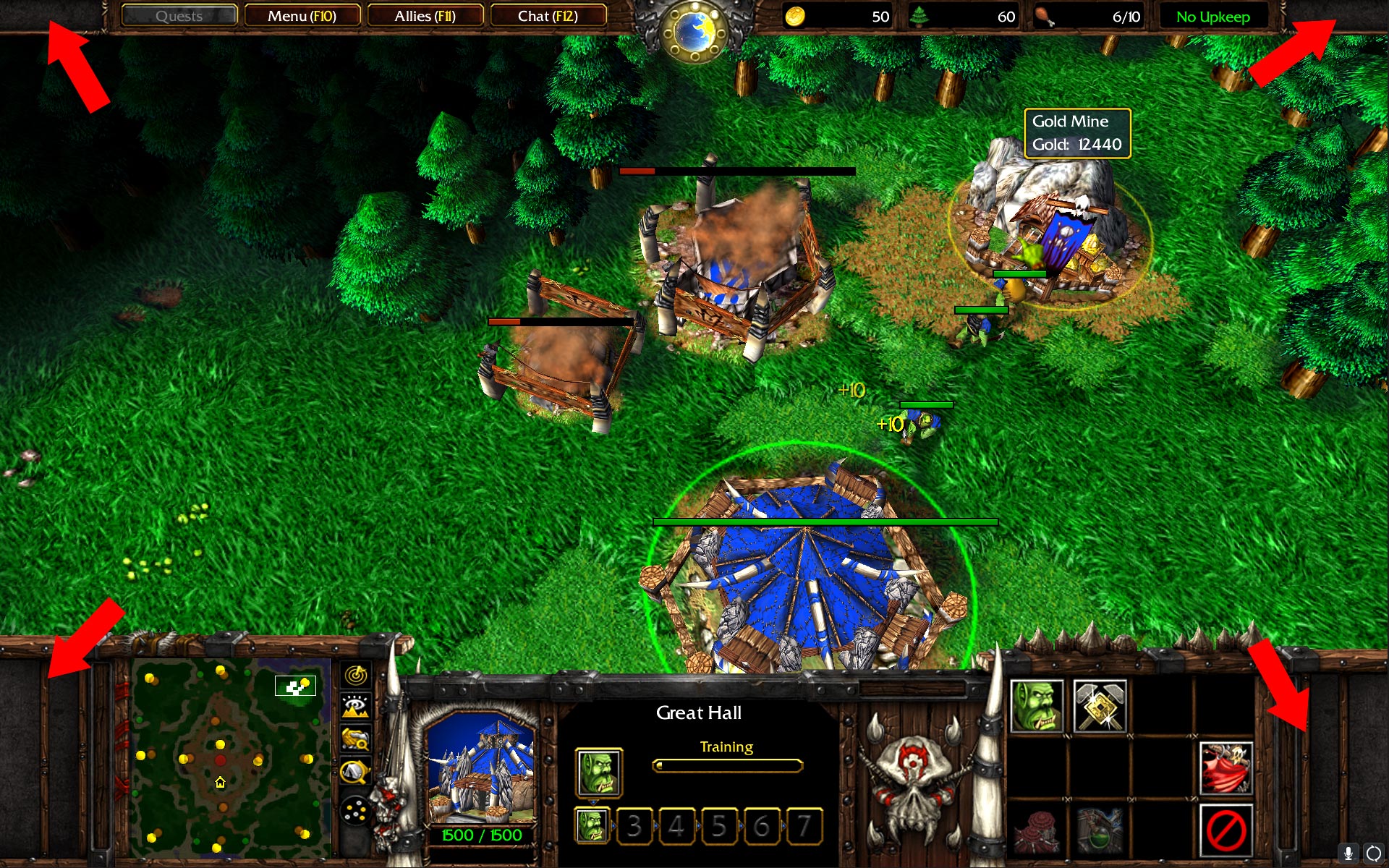

As computational tools and methods continue to evolve, so too will community norms, standards, and conventions, and we champion mindful departures from this and prior frameworks. This framework is offered as a scaffold and should not be applied dogmatically, since doing so would infringe on the creativity imperative to this genre. We hope to reduce uncertainty for researchers and review teams by distilling the foundations of a framework from our collective experiences as authors, reviewers, and editors of work in this genre. In this editorial, we offer guidance for conducting and assessing computationally intensive theory construction, without any ambition to prematurely forestall community debates surrounding this genre. Striking this balance involves judgment calls rooted in community norms, standards, and conventions. Such work involves creative yet disciplined inquiry with rigorous yet reasonable thoroughness. Despite increasing understanding of the application of computational methods to theory construction, this genre poses unique challenges. The purpose of computationally intensive theory construction is to produce theoretical insights from patterns identified using computational techniques, including-but not limited to-those that reveal categories, category memberships, associations, networks, sequences, and complex system dynamics by providing simulated data, pattern visualizations, or quantifications (Berente et al., 2019). Our findings have important implications for managers focused on enabling, producing, or consuming predictive analytics for enhanced agility in decision making. Using case studies in the finance and health domains, we show that more accurate text-based personality detection can translate into significant improvements in downstream applications such as forecasting future firm performance or predicting pandemic infection rates.

We propose a novel text-based personality measurement approach that improves detection of personality dimensions by 10–20 percentage points relative to the best existing methods developed in industry and academia. Text-based personality detection has garnered attention due to the public availability of digital textual traces, however state-of-the-art models proposed by IBM, Google, Facebook, and academic research are not accurate enough to be used for downstream real-world forecasting tasks.

The inclusion of personality features in forecasting models has been hindered by the fact that traditional measurement mechanisms are often infeasible.

It is generally accepted that in forecasting scenarios involving organizational policies or consumer decision making, personal characteristics, including personality, may be an important predictor of downstream outcomes. The relationship between the different clay minerals and their associated anisotropy parameters is studied, and their impact on the resulting anisotropy of the clay matrix is analysed.Analysts, managers, and policymakers are interested in predictive analytics capable of offering better foresight. Clay matrix anisotropy is then investigated by examining the influence of these different elastic stiffnesses, and of varying model parameters, upon the effective transverse isotropic elastic stiffness tensor of the clay matrix. These published elastic stiffness tensors are used to compile a database of equivalent transverse isotropic elastic stiffness tensors, and other physical properties, for eight common varieties of layered silicates.
#Ulmf artificial academy full#
Elastic stiffnesses of clay platelets are obtained from the literature, including both experimental measurements and first‐principles calculations of the full anisotropic (monoclinic or triclinic) elastic stiffness tensors of layered silicates. Together, these parameters implicitly account for variations in clay and fluid properties, as well as fluid saturation. In this model, properties of the interplatelet region are governed by its effective bulk and shear moduli, whereas the effective properties of the clay platelets are governed by their volume fraction, aspect ratio and elastic stiffness tensor. However, the clay matrix in shales can be modelled as anisotropic clay platelets embedded within a soft isotropic interplatelet region, allowing the influence of disconnected clay platelets on the elastic properties of the clay matrix to be analysed. Although clay is composed of disconnected anisotropic clay platelets, many rock physics models treat the clay platelets in shale as interconnected.


 0 kommentar(er)
0 kommentar(er)
